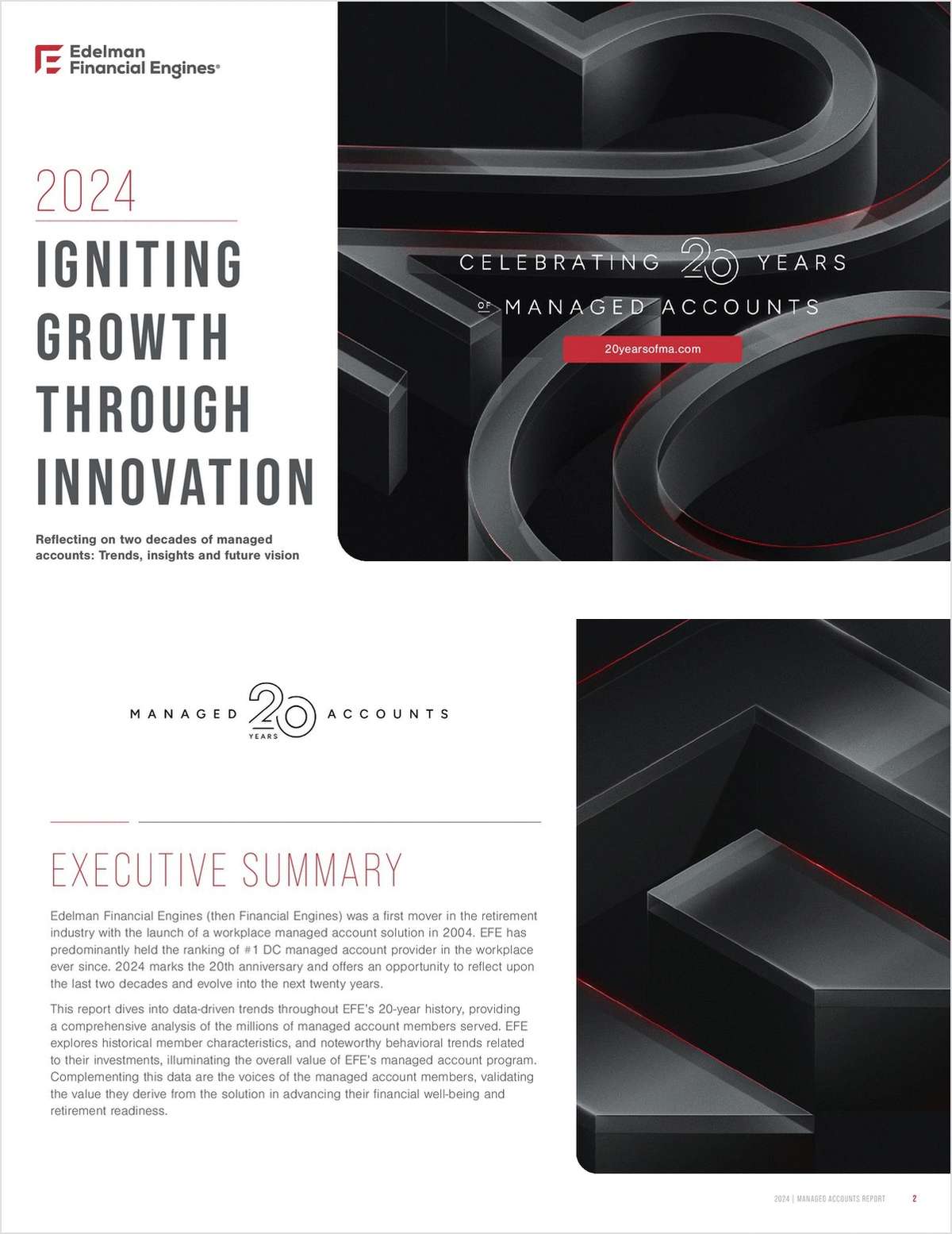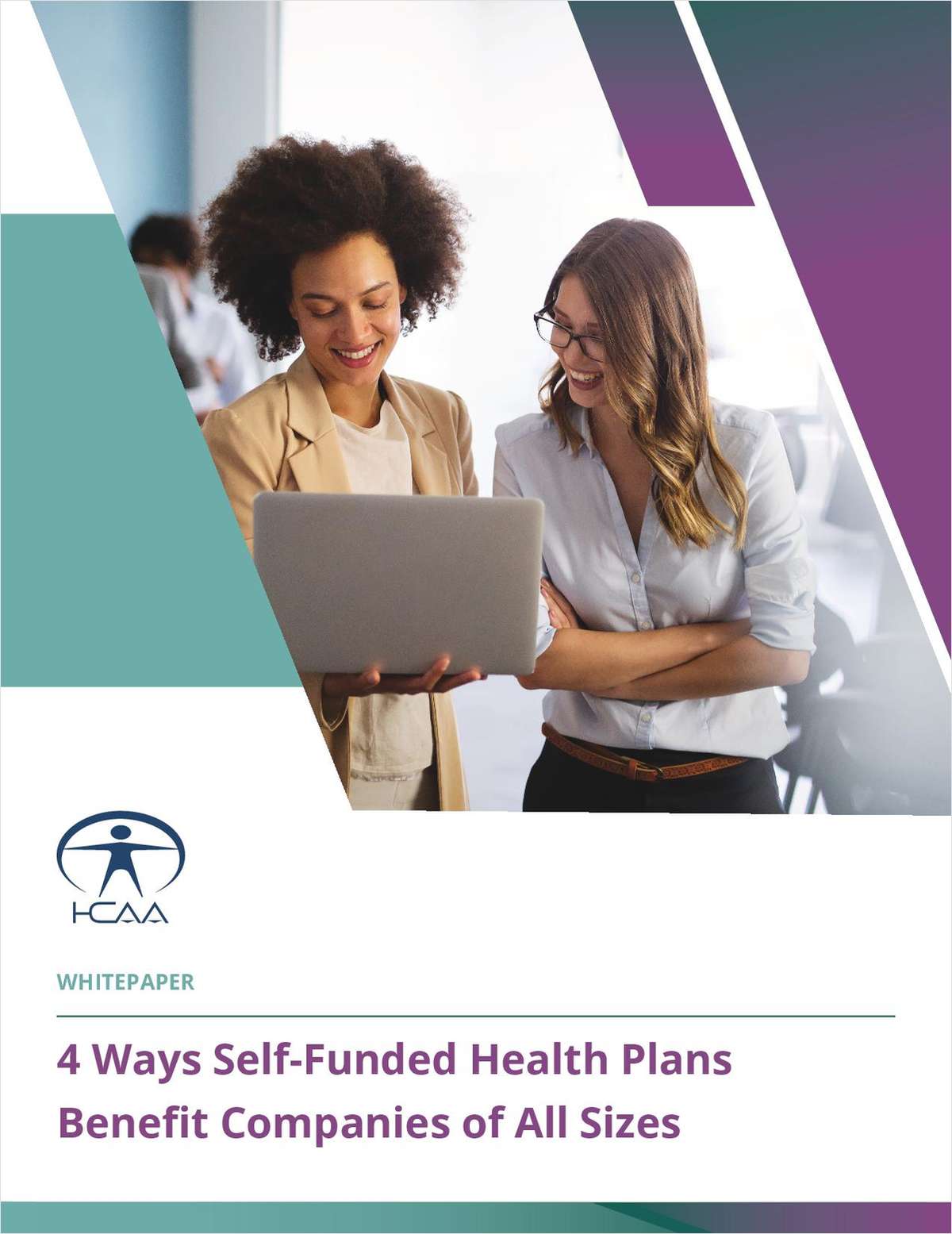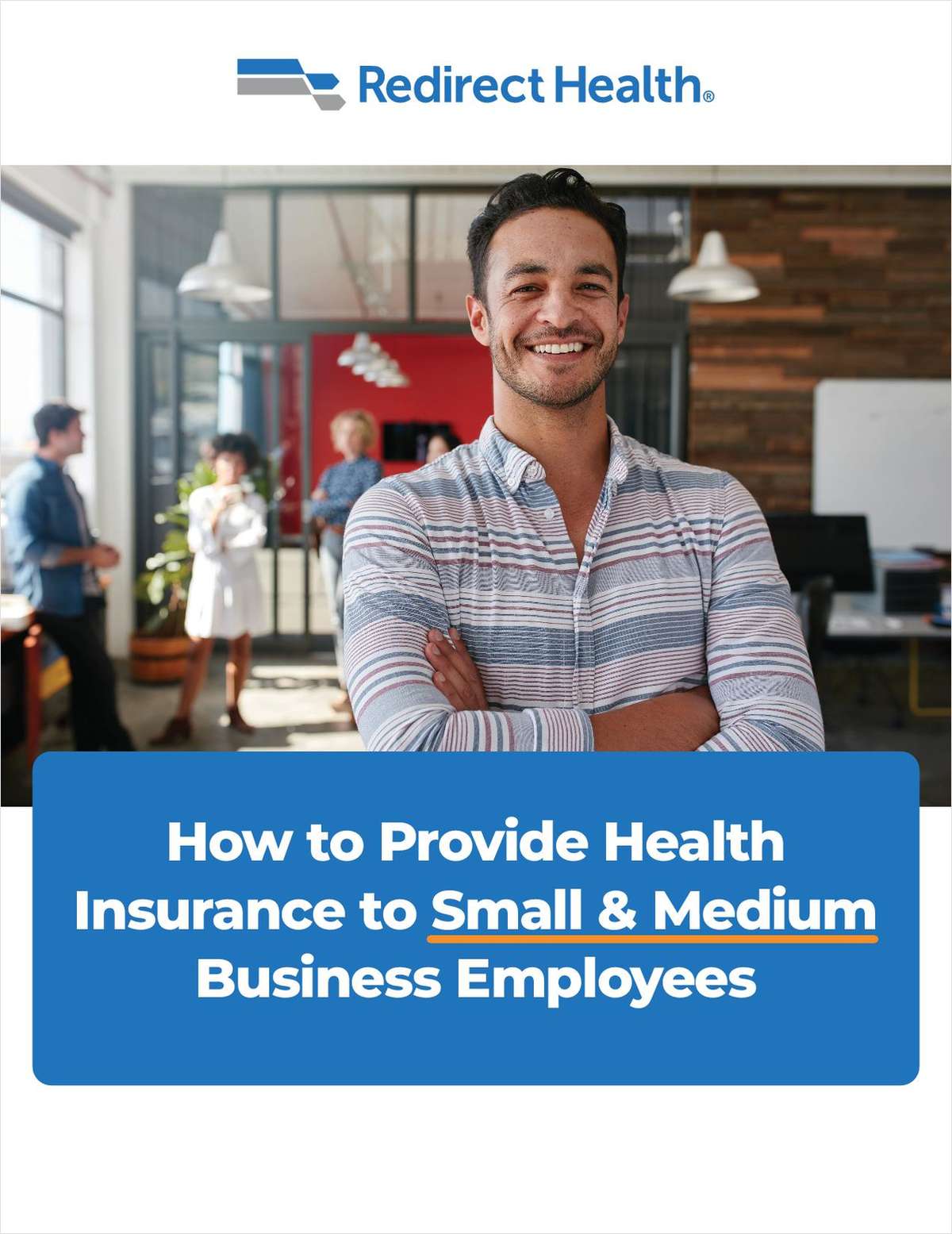 Aon's interactive web application forecasts the impact of COVID-19 on employee populations throughout the U.S (Source: Aon)
Aon's interactive web application forecasts the impact of COVID-19 on employee populations throughout the U.S (Source: Aon)
Wondering what your business is going to look like in six months?
Aon, Mercer, OneDigital and others now have predictive modeling apps for that.
"Employers can benefit in better understanding the potential impact of coronavirus on their employee population, based upon infection rates and population density, geography, industry and numerous other data elements, all normalized to the mean of an overall US workforce," says Mike Sullivan, co-founder & chief growth officer at OneDigital. Its COVID-19 Health Plan Cost Impact Tool pulls together details on frequency and severity of the pandemic to create impact forecasts specific to employers.
Aon's interactive web application forecasts the impact of COVID-19 on employee populations throughout the U.S., recommended for employers with at least 300 workers. The tool was designed to help employers anticipate medical costs, absenteeism and potential needs to shift work operations due to the spread of the novel coronavirus.
"COVID-19 has brought on uncertainties in many aspects of our lives and this application will help employers understand their risks," says Tim Nimmer, global chief actuary of Health Solutions for Aon. "Aon's COVID-19 Employee Impact Model forecasts the impact on your employee population based on geographic-specific infection rates and advanced epidemiologic models."
Related: Layoffs are a last resort: 3 tips to help employers reduce health care costs
The model is updated daily based on the spread of the virus, social distancing measures taken by local governments, and the current figures of confirmed patients, hospitalizations, deaths, and testing and treatment patterns. The forecasts are currently through the fall, and on any one date, employers can see projected cases and medical claims cost.
Specifically, employers can view the impact of their workforce by geographic area over time; estimate the number of mild cases, hospitalizations, ICU visits and fatalities based on specific population demographics; and estimate health care costs associated with testing and treatment. The model will be expanded globally soon.
"Aon consultants will work with employers to build plans on how to keep employees safe while minimizing disruptions to their operations," Nimmer says. "In these uncertain times, it is important that organizations have the most current information from which to base their decisions to safely maintain vital operations."
On tap next is adding metrics that will quantify productivity and the broader business impact, currently being developed by members of Aon's actuarial and analytics practice. The additional metrics will model workers' compensation claims, time lost, salary replacement costs, disability and life insurance, and cost savings of deferred elective medical procedures
.Mercer has developed a framework for self-insurers to develop cost projections.

"Among the many financial consequences of the COVID-19 pandemic on US businesses will be its impact on 2020 self-insured health plan costs," writes Mercer's US Chief Actuary Sunit Patel. "As there are many uncertainties (such as the prevalence rate, the development of a treatment, and so on), reviewing multiple future-state scenarios will be essential as the situation evolves both in the macro environment and in your own organization."
Using the framework, employers will need to make three adjustments to their current 2020 estimate to derive an updated estimate due to COVID-19 impacts. The first adjustment covers the costs related to individuals who receive a test, the second is for those who test positive and require treatment, and the last is an adjustment to reflect changes in how people are utilizing other non-COVID-19 related medical services.
"We need to consider what we've all likely heard anecdotally or experienced ourselves, the cancellation of non-critical, elective services," Patel writes. "This could meaningfully impact 2020 claims costs. Duration is a key factor, as the longer this event goes on, the less months in 2020 to experience the 'rebound' in care that will occur when this is some greater sense of normalization."
"We know from studying experience after other natural disasters (though not directly comparable, informative nonetheless), that some services will come back while others will be 'lost forever,'" he writes.
OneDigital
Related:
© 2024 ALM Global, LLC, All Rights Reserved. Request academic re-use from www.copyright.com. All other uses, submit a request to [email protected]. For more information visit Asset & Logo Licensing.








